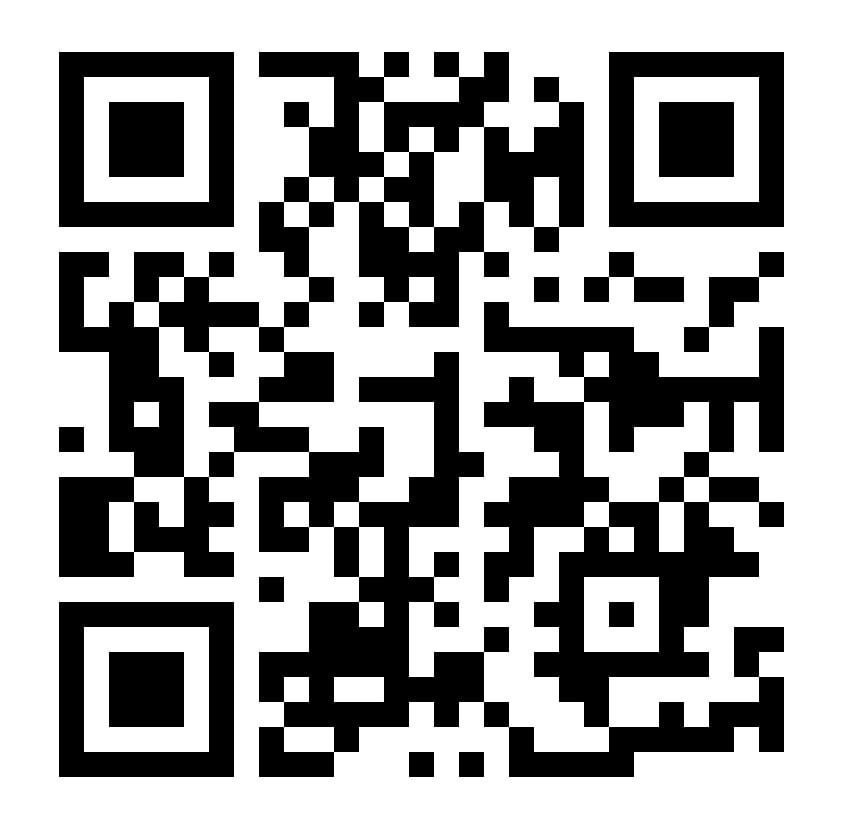Diabetic issues is a persistent condition that impacts millions of individuals worldwide. It takes place when the body either doesn’t produce enough insulin or can not efficiently use the insulin it generates. If left neglected, diabetes can bring about major health problems. For that reason, it is essential to recognize the symptoms uromexil forte v lekarni and signs of diabetic issues early on. In this post, we will talk about the various indicators that can aid you figure out if you have diabetics issues.
Kinds of Diabetic issues
Before diving into the signs, it is essential to recognize the various sorts of diabetic issues. The 3 primary kinds are:
1. Type 1 Diabetes: This type of diabetes normally creates during childhood or adolescence. It takes place when the immune system mistakenly strikes and ruins the insulin-producing cells in the pancreas. People with type 1 diabetes need insulin shots to make it through.
2. Kind 2 Diabetes: This is the most common kind of diabetes, representing around 90% of all situations. It generally establishes in the adult years, although it can likewise occur in youngsters. In type 2 diabetic issues, the body comes to be resistant to insulin or falls short to produce enough insulin to meet its requirements.
3. Gestational Diabetic issues: This type of diabetes mellitus influences expecting ladies that have never ever had diabetes mellitus before. It normally occurs in the second or 3rd trimester and typically fixes after giving birth. Nonetheless, females with gestational diabetes have a boosted danger of creating type 2 diabetic issues later in life.
Symptoms and signs of Diabetes mellitus
Diabetes mellitus can manifest in different means, and the signs may vary depending upon the sort of diabetes mellitus you have. Right here are some common signs and symptoms to look out for:
- Raised thirst and frequent urination
- Unexplained fat burning
- Constant appetite
- Fatigue and weak point
- Blurred vision
- Slow-healing wounds
- Regular infections, such as urinary tract infections or yeast infections
- Tingling or pins and needles in the hands or feet
- Impatience or mood changes
If you experience any of these signs and symptoms, it is essential to consult a healthcare specialist for a correct assessment. Keep in mind that some individuals with kind 2 diabetes may not exhibit any kind of recognizable signs initially.
Identifying Diabetic issues
To identify diabetes, medical care experts typically make use of the depanten atsiliepimai adhering to examinations:
1. Not Eating Plasma Glucose (FPG) Test: This examination measures your blood sugar degrees after not eating for a minimum of 8 hours. An analysis of 126 milligrams per deciliter (mg/dL) or higher on two separate occasions shows diabetes mellitus.
2. Oral Glucose Tolerance Examination (OGTT): During this examination, your blood sugar is determined both in the past and 2 hours after eating a sugary beverage. A blood sugar degree of 200 mg/dL or greater after two hours verifies diabetes mellitus.
3. Glycated Hemoglobin (A1C) Examination: This blood examination provides an average of your blood sugar levels over the past 2 to 3 months. An A1C level of 6.5% or higher on two different examinations validates diabetes mellitus.
Remember, an appropriate medical diagnosis can only be made by a healthcare specialist after conducting these tests and considering your medical history and signs.
Taking Care Of and Dealing With Diabetes Mellitus
While diabetes mellitus is a chronic condition, it can be successfully handled with suitable lifestyle adjustments and, in some cases, drug. Here are some methods for managing and dealing with diabetes mellitus:
- Screen your blood glucose levels consistently using a sugar meter.
- Follow a healthy and balanced and balanced diet, focusing on whole grains, fruits, veggies, and lean proteins. Restriction your consumption of sugary and processed foods.
- Participate in normal physical activity, such as strolling, swimming, or biking, to help manage blood sugar level degrees and keep a healthy and balanced weight.
- Take recommended medicines, such as insulin or oral hypoglycemic representatives, as guided by your healthcare provider.
- Find out to recognize and take care of high or low blood sugar level degrees promptly.
- Participate in routine check-ups with your healthcare team to monitor your condition and make any type of needed adjustments to your therapy plan.
Final thought
Understanding the symptoms and signs of diabetes mellitus is essential for early detection and prompt treatment. If you experience any one of the abovementioned symptoms or have issues about your health and wellness, it is important to speak with a health care specialist. Keep in mind that diabetes can be effectively managed with the right treatment strategy and way of life adjustments. By taking control of your health and wellness, you can lead a fulfilling life while properly managing diabetic issues.
Please note: The details supplied in this post is for informative functions only and need to not be taken into consideration an alternative to professional clinical advice or medical diagnosis. Always seek advice from a qualified medical care professional for personalized guidance and care.


